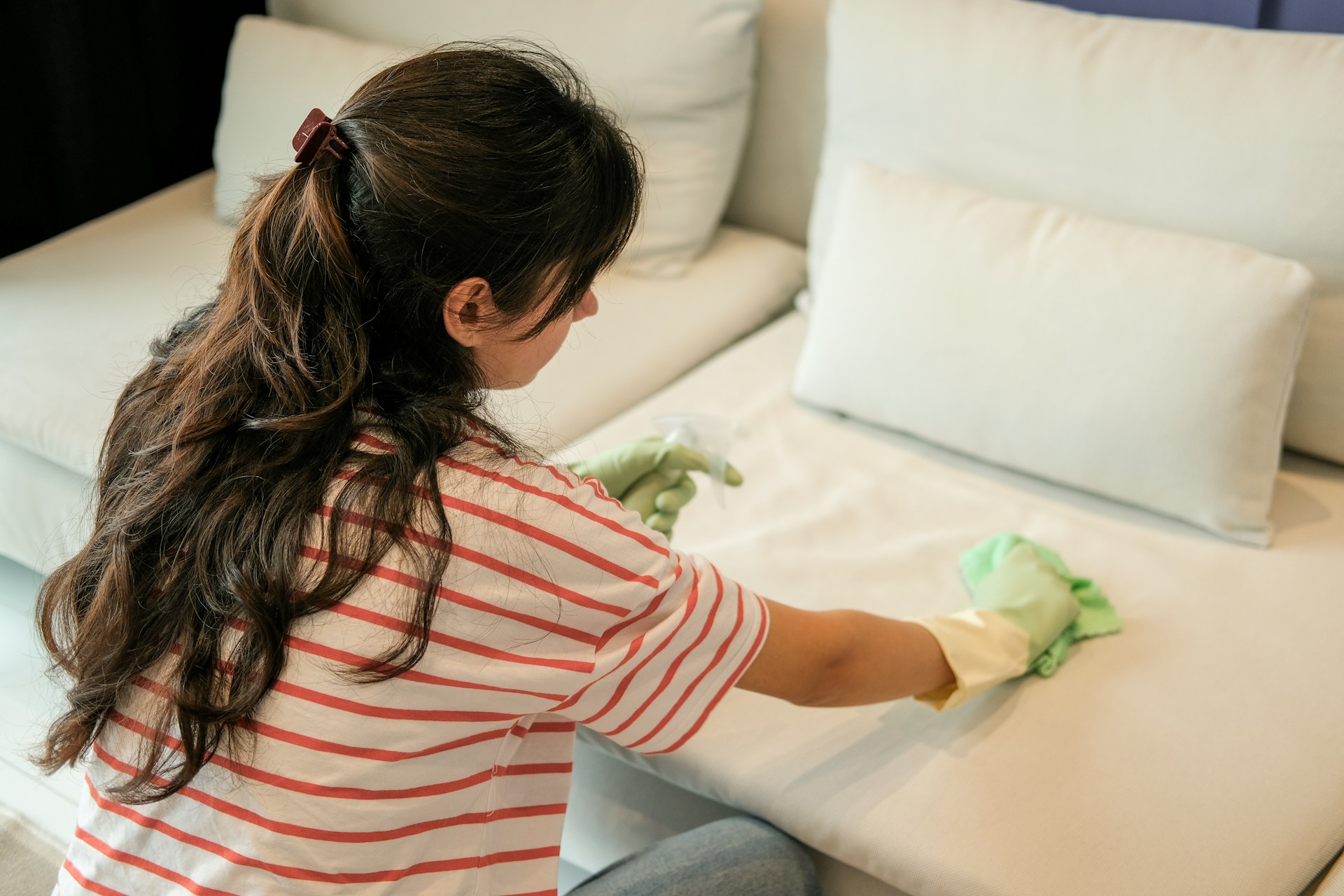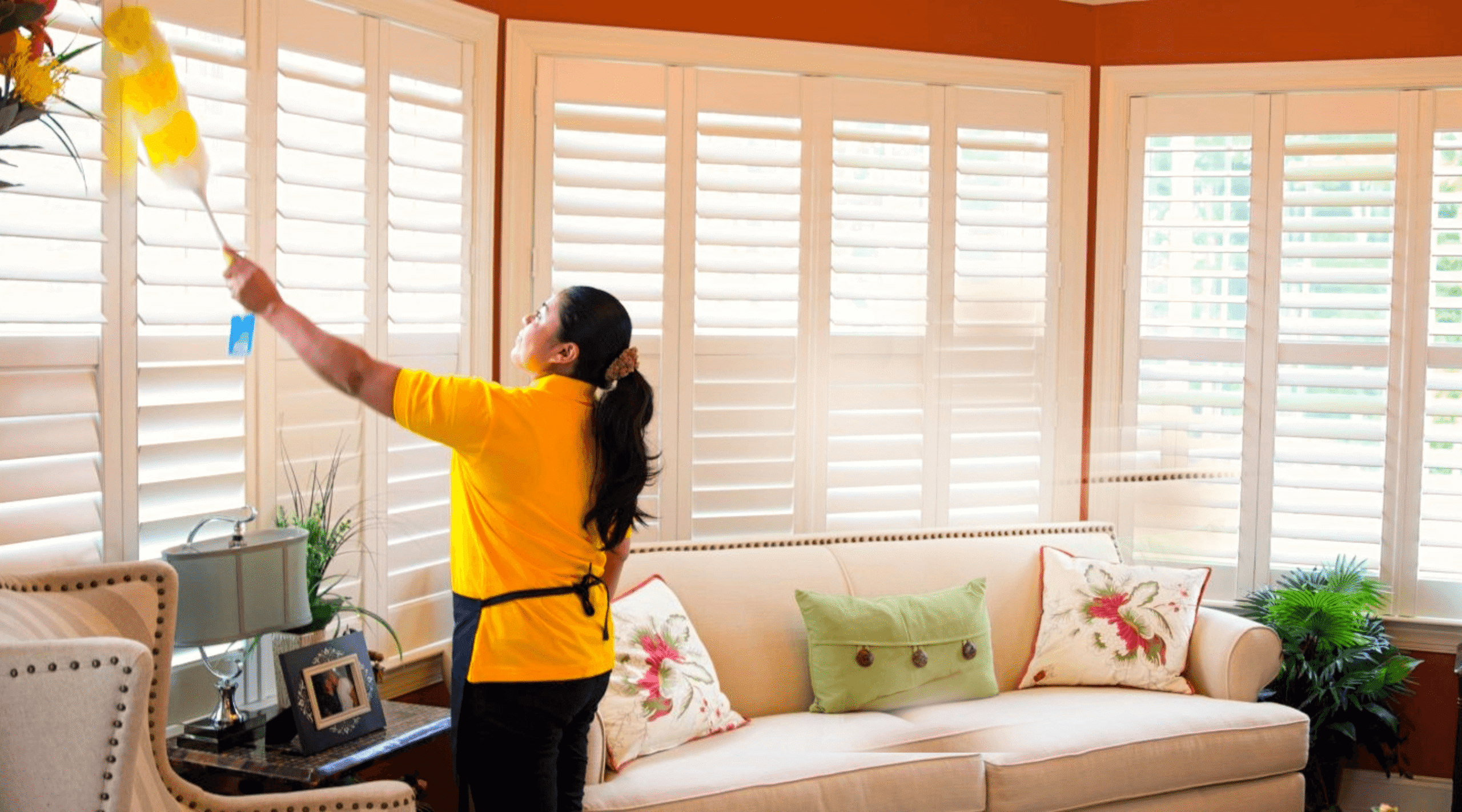Allergens in the home can make life uncomfortable, especially for those with allergies or asthma. These tiny particles can cause sneezing, itchy eyes, and other bothersome symptoms. Reducing allergens through effective cleaning can create a healthier and more comfortable living environment for you and your family.
Effective cleaning plays a vital role in keeping allergens at bay. Dust mites, pet dander, mold, and pollen are some common household allergens that can easily accumulate if the house isn’t cleaned regularly. Tackling these allergens requires a focused and consistent cleaning routine. By understanding where these allergens hide and how to eliminate them, you can significantly improve the air quality in your home.
Using the right cleaning products and techniques is crucial for reducing allergens. Hypoallergenic products are designed to minimize the presence of irritants that can trigger allergic reactions. Incorporating preventive measures into your cleaning routine will help maintain a cleaner environment and keep allergens under control. With some effort and the right approach, you can make your home a haven free from annoying allergens.
To successfully reduce allergens, we must first identify the main culprits hiding in our homes. Common household allergens include dust mites, pet dander, mold, and pollen. Dust mites are tiny creatures that thrive in warm, humid environments, often found in bedding, carpets, and upholstery. They feed on dead skin cells and can trigger sneezing, runny noses, and itchy eyes.
Pet dander consists of tiny, even microscopic, flecks of skin shed by cats, dogs, rodents, birds, and other animals with fur or feathers. These allergens can cling to furniture, walls, and clothing. Mold spores, another common allergen, grow in damp areas like bathrooms, basements, and around leaky pipes. Exposure to mold can lead to respiratory issues and other health problems. Lastly, pollen from trees, flowers, and grasses can easily enter our homes through open windows and doors, contributing to seasonal allergies. Recognizing these allergens is the first step to effectively controlling them.
Regular and thorough cleaning is vital in reducing household allergens. Start with a weekly vacuuming routine using a vacuum equipped with a HEPA filter. This type of filter traps tiny particles, including dust mites and pet dander, preventing them from being released back into the air. Don’t forget to vacuum upholstered furniture, drapes, and other fabric surfaces where allergens can accumulate.
Dusting should be done with a damp cloth to prevent scattering allergens into the air. Focus on surfaces like shelves, baseboards, and any other areas where dust tends to settle. Wash bed linens, curtains, and removable covers at least once a week in hot water to kill dust mites. In the bathroom, scrub tile and grout regularly to prevent mold growth. Use an exhaust fan or dehumidifier to keep the air dry and reduce moisture where mold can thrive. By incorporating these cleaning practices into your routine, you’ll be able to create a healthier living environment free of common allergens.
Selecting hypoallergenic cleaning products can significantly reduce allergens in your home. These products are specially formulated to minimize irritants that can trigger allergic reactions. When shopping for cleaning products, look for labels that say “hypoallergenic” or “fragrance-free,” as added fragrances can often irritate sensitive individuals.
Avoid cleaners with harsh chemicals like ammonia or bleach, which can release strong fumes and aggravate allergies. Instead, opt for natural or organic cleaning solutions that are gentle yet effective. Vinegar, baking soda, and hydrogen peroxide are great alternatives and can handle a range of cleaning tasks without releasing harmful chemicals. Remember to always double-check the labels to ensure the products are safe for those with allergies. By making thoughtful choices in cleaning products, you can create a healthier, more comfortable home environment.
Preventive measures play a key role in keeping allergens at bay between deep cleanings. Regularly changing your HVAC filters is a simple but effective way to improve your home’s air quality. Look for high-efficiency particulate air (HEPA) filters, which trap small particles that other filters might miss.
Another important step is to control moisture levels in your home. Use dehumidifiers in damp areas like basements and bathrooms to discourage mold growth. Consider using air purifiers with HEPA filters in busy rooms such as the living room and bedrooms. These devices can help remove airborne allergens like pollen and pet dander. Additionally, keep windows closed during high pollen seasons and regularly bathe pets to reduce shedding. By incorporating these preventive measures, you can maintain a cleaner, allergen-free home.
Reducing allergens in your home involves a multifaceted approach. Identifying common household allergens, adopting consistent cleaning practices, choosing hypoallergenic cleaning products, and incorporating preventive measures are all essential steps. Through dedication and the right techniques, you can create a healthier and more comfortable living environment for you and your family.
If you need assistance with reducing allergens in your home, Laly’s Cleaning Services is here to help. Our professional team offers thorough home cleaning services that can make a difference in your home’s air quality. Contact us today to schedule a cleaning and take the first step towards a cleaner, allergen-free home.

